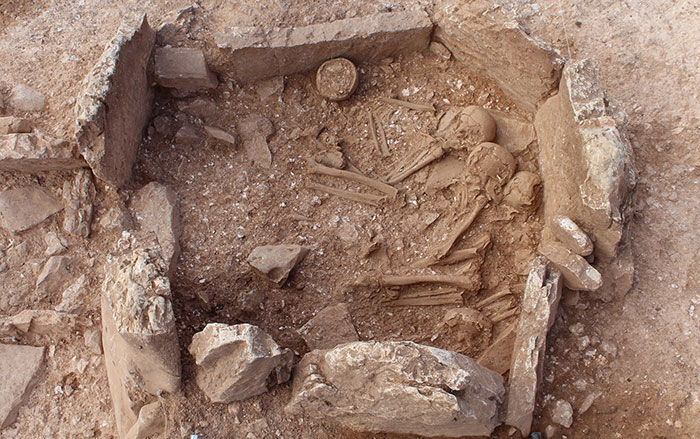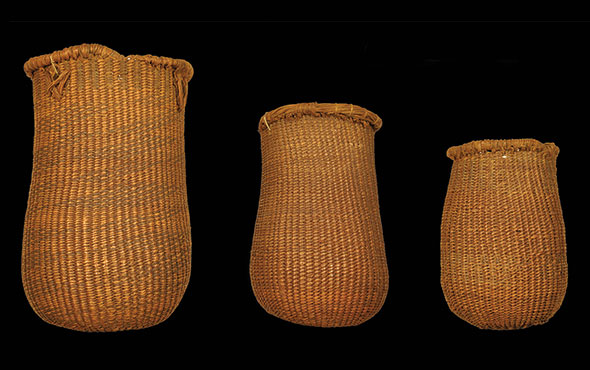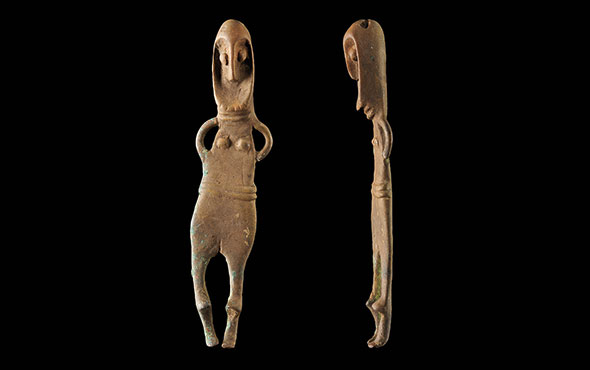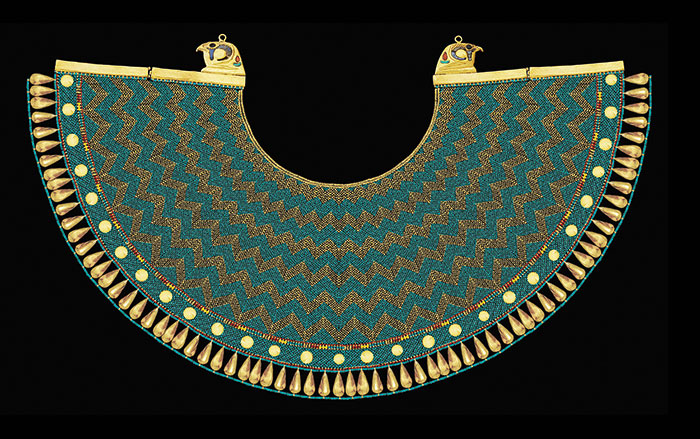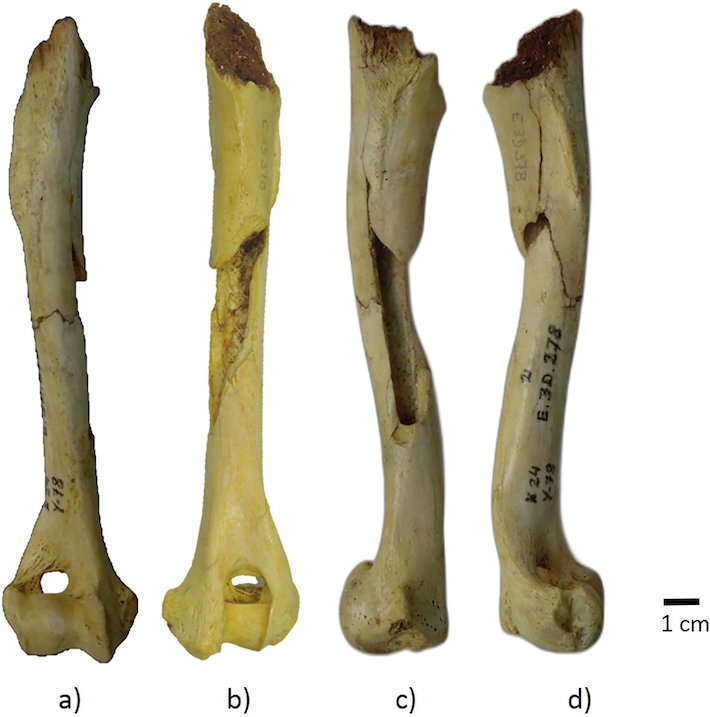
BISCAY, SPAIN—According to a statement released by the University of the Basque Country, analysis of a 17,000-year-old canid humerus unearthed in northern Spain’s Erralla Cave in 1985 has revealed that it belonged to Canis lupus familiaris, or a domesticated dog. Conchi de la Rúa and her colleagues said that the dog shares mitochondrial DNA, which is passed through the maternal line, with other known dogs that lived in Europe during the Magdalenian period of the Upper Paleolithic. Wolf domestication may have occurred earlier in western Europe than previously thought, de la Rúa added. Perhaps Paleolithic hunter-gatherers came into contact with wolves and other animals in areas of glacial refuge during the Last Glacial Maximum some 22,000 years ago, she surmised. Read the original scholarly article about this research in Journal of Archaeological Science: Reports. To read about evidence for human consumption of dogs as far back as 7,200 years ago, go to "World Roundup: Spain."



